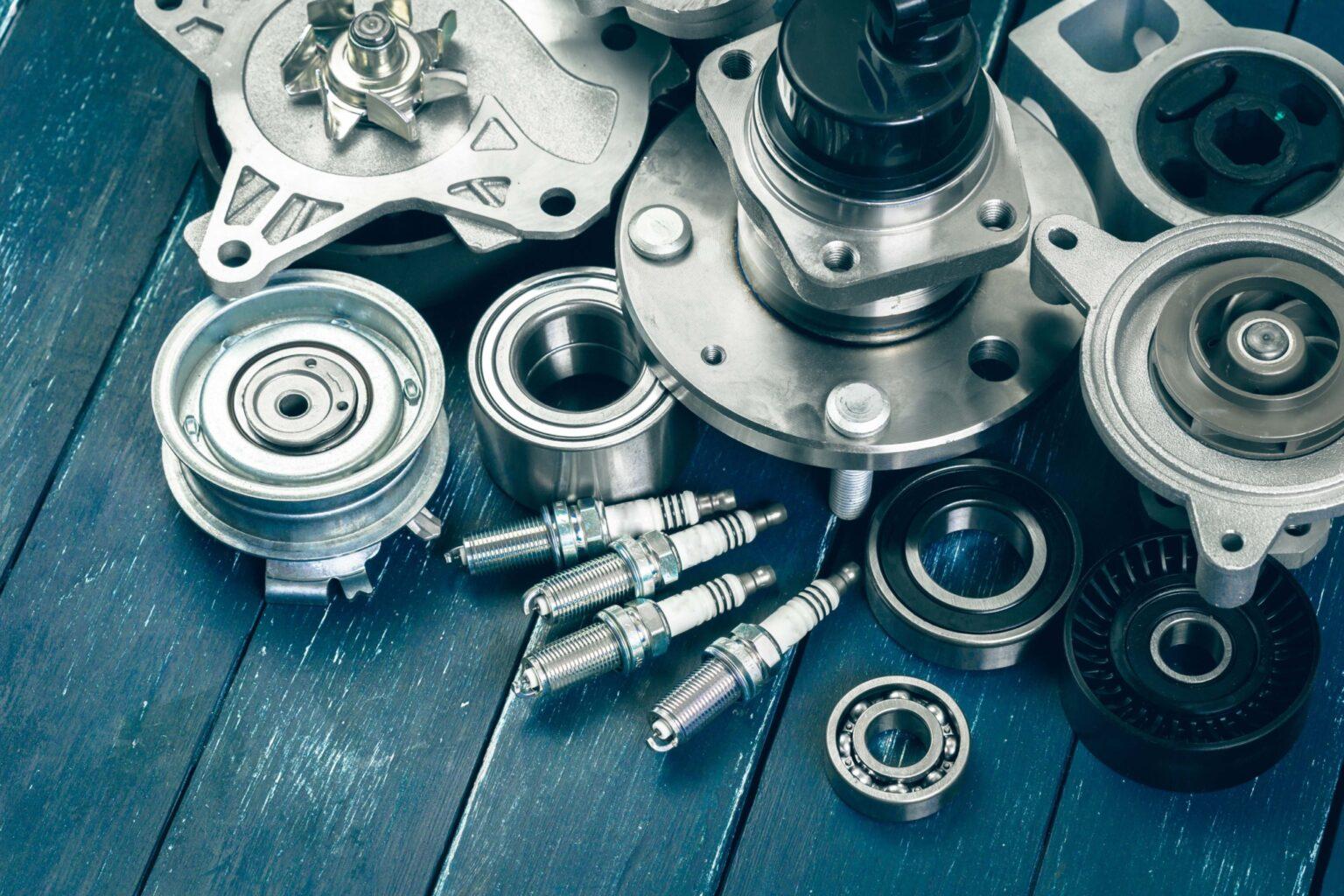Automotive parts remanufacturing involves rebuilding components or assemblies to specifications of the original equipment manufacturer using a process that is similar to the original manufacturing techniques. The process includes disassembling used modules or parts, cleaning them, inspecting and grading their condition, replacing worn components, reassembling with new replacement parts, and testing prior to release for reuse. This helps reduce waste generation and extends the useful life of original components, offering significant cost savings to consumers.
The global Europe Automotive Parts Remanufacturing Market is estimated to be valued at US$ 15.34 Mn in 2023 and is expected to exhibit a CAGR of 17% over the forecast period 2023 to 2030, as highlighted in a new report published by Coherent Market Insights.
Market Dynamics:
The Europe automotive parts remanufacturing market is driven by rising need to reduce operational costs in the automotive industry. Remanufacturing helps reduce costs significantly as the process reuses core components multiple times and replaces only the worn parts, bringing down production costs by up to 50% compared to manufacturing new components. This is a major factor boosting adoption among automotive OEMs and independent garages. Additionally, stringent environmental norms regarding end-of-life vehicle management and recycling are promoting reuse of components, thus favoring market growth over the forecast period.
SWOT Analysis
Strength: The Europe automotive parts remanufacturing market has a strong network of remanufacturers and established independent remanufacturers. The remanufacturing process helps in reducing costs by 60-65% as compared to new parts. There is a growing demand for affordable vehicle parts from cost-conscious customers.
Weakness: Remanufactured parts have lower performance capabilities and life spans than brand new parts. The market also faces challenges due to the complexity of parts and variations in core returns.
Opportunity: Stringent emission regulations provide opportunities for electric vehicles and hybrid parts remanufacturing. Developing blockchain technologies can help track parts history and provenance. Partnerships with core brokers and independent garages can boost aftermarket sales.
Threats: Customer preference for new genuine parts poses threats. The competitive pressure from low-cost manufacturers in Asia also affects the market. Stricter environmental policies on waste generation could hamper core collection rates.
Key Takeaways
The Europe Automotive Parts Remanufacturing Market Size is expected to witness high growth driven by stringent emission norms, increasing vehicle ages, and substantial cost savings. The global Europe automotive parts remanufacturing Market is estimated to be valued at US$ 15.34 Mn in 2023 and is expected to exhibit a CAGR of 17% over the forecast period 2023 to 2030.
Germany dominates the region with presence of leading automakers and a large independent aftermarket. Germany accounts for over 25% share of the Europe market led by regulations supporting remanufacturing. The U.K. is another major region driven by availability of core parts and established infrastructure. However, countries like Italy, France and Spain are expected to grow at faster pace during the forecast period led by increasing vehicle parc and initiatives for sustainable transportation.
Key players: Key players operating in the Europe Automotive Parts Remanufacturing Market are Amgen Inc., Biocon Ltd, Dr. Reddy's Laboratories, reliance life sciences, Teva Pharmaceutical Industries Limited, Merck & Co. Inc., Eli Lilly and Company, Intas Pharmaceutical Ltd, Kashiv Bio Sciences, Pfizer Inc. These players are focusing on strengthening their distribution networks and collaborating with core brokers to boost inventory availability.
Get more insights on this topic:
